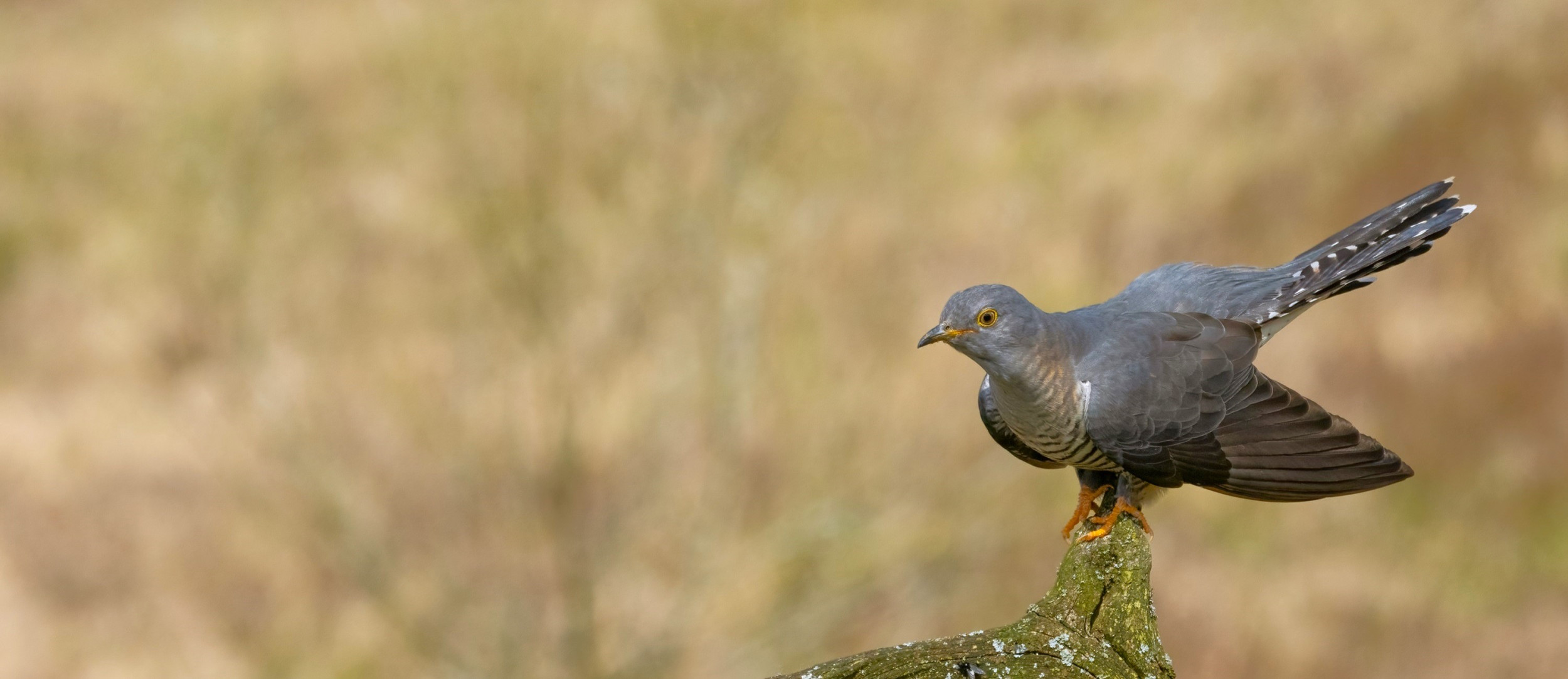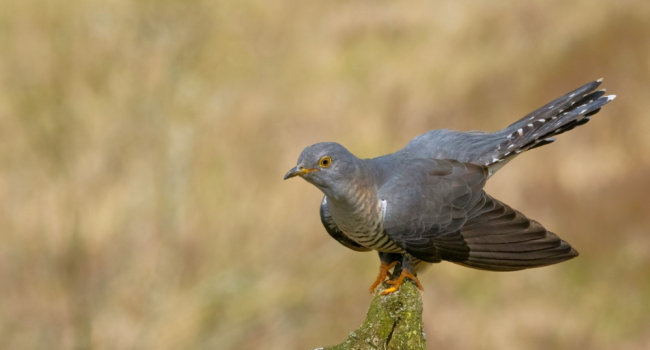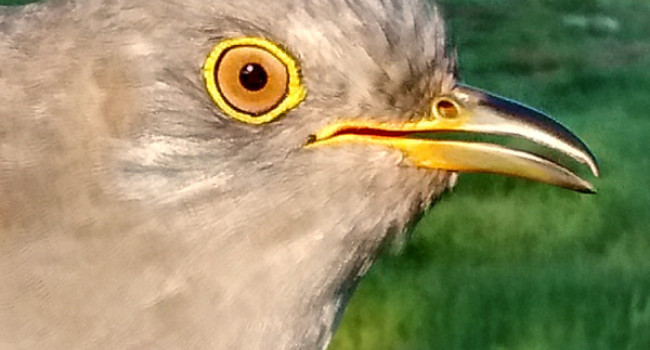Roy we still hope is alive but, given that it has been so long since the tag had sufficient charge to transmit, we suspect it will have degraded so that it might not be able to turn on, even if subjected to enough sunlight at some point in the future. His last location is much further north than the other four Cuckoos current positions. We would expect that he would also move south and given that the tag hasn't transmitted recently, we may assume that we are down to tracking just five Cuckoos.
Updates from our Cuckoos
Read the latest updates from our Cuckoos on their epic migration between the UK and tropical Africa, or track their movements in real-time on our Cuckoo migration map.
- If you enjoy these updates, please consider sponsoring a Cuckoo. Sponsors receive special updates about their chosen Cuckoo in the Cuckoo e-newsletter.
Roy's tag may have failed
Scottish Cuckoos sitting pretty
Concern for Roy's tag
Roy’s tag has not transmitted since the beginning of October. From the temperature and charge data, there doesn’t seem to be any specific cause for concern but his tag had failed to transmit for three duty cycles before the last messages were received so there may be a problem with it.
Update on Scottish Cuckoos
BB’s tag transmitted locations over the weekend showing that he remained in Chad. Meanwhile, we have not received any further transmissions from Roy's tag since the 6 October. Whilst we had no cause for concern for Wallace when his tag last transmitted on the 14 September, the longer the silence continues, the more we wonder why.
Roy not far behind Chris
Sometime between 20 and 22 September, Roy moved 94km (59 miles) ESE, thereby crossing the Oubangui River and moving from CAR into the Democratic Republic of Congo (DRC). He has moved from a savannah landscape with gallery forest to a landscape dominated by forest but still with plenty of open patches and edges – based on what we saw last winter, this looks like very nice habitat for a Cuckoo.
Roy at the edge of the rainforest
Roy is in Basse-Kotto prefecture of CAR, about 29km (18 miles) NNW of its capital Mobaye. The habitat in the area is southern Guinea Savannah with gallery forest along the rivers – he has stopped just north of the vast Congo rainforest. If Roy continued on the same path, he would pass about 160km (100 miles) east of the area where the Cuckoos tracked last winter ended up. As the rain is moving south and areas to the north are beginning to dry up, we expect some of the other Cuckoos to follow Roy and Chris to the south over the next couple of weeks.
All quiet on the Cuckoo front
There have been no movements of note from our Cuckoos in the last few days. Transmissions have been received from Indy and Chance today and Lloyd, David, Wallace, Roy, BB and Chris in the last few days. Hopefully there will be more to report after the weekend!
Roy follows the rain
By the early morning of 7 September Roy was already 141km (88 miles) south of his previous location and was moving SE along the border between Chad and Sudan. By mid-morning on 9 September he had covered a further 251km (156 miles) and was in southern Sudan, 50km east of the border with Central African Republic and 106km (66 miles) north of the world's newest country, South Sudan. Like Indy, he is slowly moving south into less arid areas, following the band of rains produced by the Inter-Tropical Convergence Zone as it moves south.
Just 30 miles separate BB and Roy
We have received signals from both BB and Roys' tags which show that they remain in the east of Chad, close to the border with Sudan. They are just 48 km (30 miles) apart and are the two most northerly of the tracked Cuckoos in Chad.
Roy completes desert crossing
Locations received once Roy’s tag resumed transmissions today (31 August) show that he has completed his desert crossing. He is in eastern Chad, a few kms from the border with Sudan and about 48km (30 miles) NE of BB. At about 14° N, he is the most northerly of the Cuckoos south of the Saharan. He is in the northern Sahel, where annual rainfall is low, but the bulk falls in July & August at this latitude so the area should be green with plenty of insect food available at the moment.





Share this page